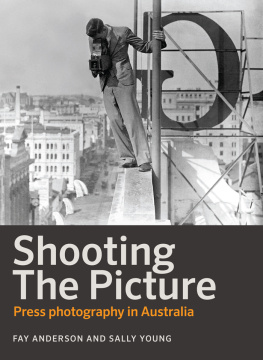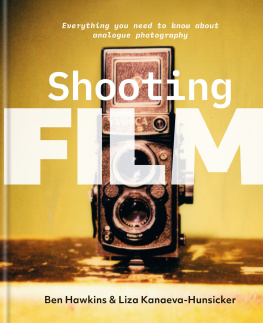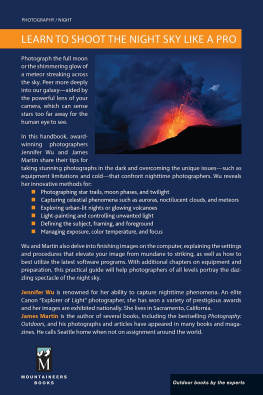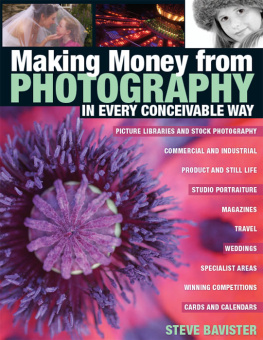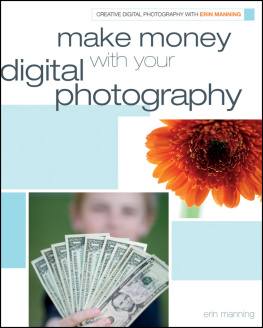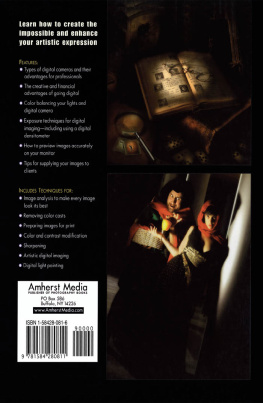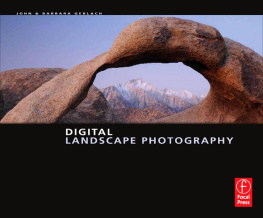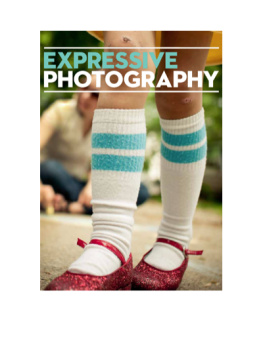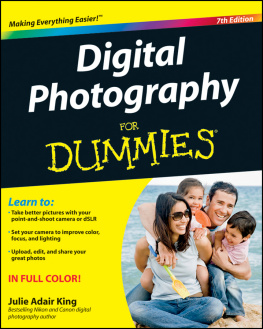This is number one hundred and sixty-nine in the
second numbered series of the
Miegunyah Volumes
made possible by the
Miegunyah Fund
established by bequests
under the wills of
Sir Russell and Lady Grimwade.
Miegunyah was the home of
Mab and Russell Grimwade
from 1911 to 1955.
Shooting The Picture
Press photography in Australia
FAY ANDERSON AND SALLY YOUNG WITH NIKKI HENNINGHAM

THE MIEGUNYAH PRESS
An imprint of Melbourne University Publishing Limited
1115 Argyle Place South, Carlton, Victoria 3053, Australia
mup-info@unimelb.edu.au
www.mup.com.au
First published 2016
Text Fay Anderson and Sally Young, 2016
Images individual contributors
Design and typography Melbourne University Publishing Limited, 2016
This book is copyright. Apart from any use permitted under the Copyright Act 1968 and subsequent amendments, no part may be reproduced, stored in a retrieval system or transmitted by any means or process whatsoever without the prior written permission of the publishers.
Every attempt has been made to locate the copyright holders for material quoted and images reproduced in this book. Any person or organisation that may have been overlooked or misattributed may contact the publisher.
Text design and typesetting by Patrick Cannon, Cannon Typesetting
Cover design by Philip Campbell Design
Printed in Australia by McPhersons Printing Group
National Library of Australia Cataloguing-in-Publication entry
Anderson, Fay, author.
Shooting the picture: press photography in Australia/Fay Anderson and Sally Young with Nikki Henningham.
9780522868555 (paperback)
9780522868562 (ebook)
PhotojournalismAustraliaHistory.
PhotojournalistsAustraliaHistory.
Young, Sally, 1975 author.
Henningham, Nicola, 1960 author.
070.490994

This research was supported under Australian Research Councils Linkage funding scheme (project number LP120200458) including financial and project support from the National Library of Australia, and project support from the Walkley Foundation.
This publication was supported by a Faculty of Arts Publication Subsidy Scheme from the University of Melbourne.
To Alex, John, Peter and Norma. And thank you also to the Gin Club
and the Melbourne Uni dinner group (FA).
To Jay, Abigail and Megan.
Thank you also to Kathy, Frances and Joe (SY).
FOREWORD
I T IS ONLY partly true, the clich that todays newspaper is tomorrows fish and chip wrapper. This is not just because fish and chips long ago ceased to be wrapped in newsprint. Nor is it because newspapers are perhaps in terminal decline and there may soon be no such thing as tomorrows newspaper. It is true that most of the words in newspapers vanish, almost without trace, not long after publication. I, for instance, have probably written many millions of words for newspapers and magazines, most of which, within hours, have been forgotten, even by me. Even outstanding pieces of newspaper journalismtheir form, the quality of the writingrather quickly lose their memorability, their vitality.
But photographs, great photographs, transcend time. They lodge in the memory whole, a moment frozen in time and therefore timeless. A great newspaper photograph, in the words of Stephen Dupont, who is quoted in this book, has the greatest power to instil memory into people.
Over more than four decades, I worked with some of the best photographers in Australia, first as a reporter and later as an editor. In many ways, the photographers I worked with taught me how to be a good reporter. They taught me how to see what I was witnessing, how to approach people, sometimes people who were in the midst of profound grief. They taught me, as much as any reporter, how to be still sometimes, let people speak, let them alone, be patient and alive to what was around me. That is how some of the best photographers do their work.
The relationship between reporters and photographers is a complex one. In my experience, in the newsroom, reporters and photographers did not share a common space. Perhaps that has changed recently but I doubt it. Changes in culture are not something newspapers do all that well. I never questioned why we reporters were separated in this way from photographers. It meant that, in the main, reporters and photographers did not form close friendships with each other, across the geographic divide so to speak. It meant that we often did not understand each other, the pressures we were under, our sense of what made a story, the things we each brought to the work, the challenges of getting it right, the picture and the words together, enhancing each other.
I worked with many of the photographers who tell their stories in this book and who reflect on their work, what has influenced them, and their relationships with editors and reporters. This book is rich with the voices of photographers, old and young, male and female.
I always knew how important photographs were to newspaperswell to some newspapers anyway. My years at the Sun News-Pictorial during the 1970sthe newspaper was aptly namedtaught me to love photography, value it, and understand that many times, a photograph tells a story that words cannot tell. At the Sun, we all thought that the broadsheets used photographs badlytoo small, often badly cropped, static, the photographs overwhelmed by too many words.
This of course changed dramatically in the 1990s. I think that Australian broadsheets were among the first to use photographs as if they were as important and informative as other forms of reporting, able to enhance the writing and even tell a story that words could not manage. Some of the great photographers I worked with were at the Age, and they helped change the paper. They certainly had a profound influence on me as editor.
But I did not know them the way I knew the reporters, some of whom were longstanding friends. The great photographers have not, in the main, written their personal stories. They have not been the subjects of biographies, like some well-known journalists. They have mostly spoken to us only through their work, and while their work lives on, their personal stories, their views about newspapers and about the role of photography in newspapers, have hardly ever been told.
Perhaps this is because the language of photographers is not words. Indeed, the industrial agreements for photographers and reporters were designed to ensure that each did not encroach on the others territory. Photographers were forbidden from using words, and reporters were not allowed to take photographs. (I wonder how many of the great photographers could write well and would have made terrific reporters given half a chance.) This is a great pity because I think it has meant that so few photographers have writtenor even talked abouttheir often remarkable personal histories in newspapers.
One of the strengths of this book is that it tells some of these histories. But it also examines the many ways photography has told Australian stories in newspapers, and how photographs have profoundly influenced the way we have witnessed and regarded important, and not so important, events. It examines how technological changethe use of colour, the coming of the digital camera and the rise of digital mediahas changed news photography and the work of professional photographers.
Next page
